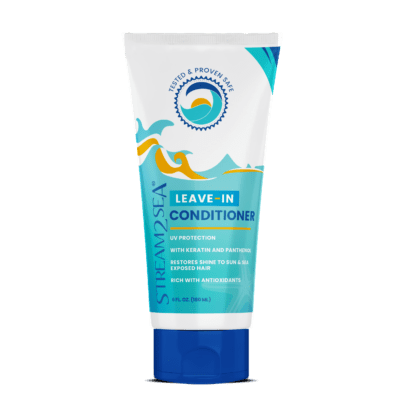Got a bad case of the O’s? Well the O’s (oxybenzone and octinoxate) aren’t the only bad chemicals for you and your family, avobenzone is also harmful to our bodies. This ingredient is hidden in countless sunscreens, skincare products, and makeup as it lurks behind an “organic” or “natural” label.
Avobenzone is a chemical sunscreen agent that offers protection from both UVA and UVB rays. Of all the chemical sunscreen ingredients, avobenzone is probably the least of the offenders, so what even makes these so bad for us?
When avobenzone is exposed to the sun, it can break down completely within 30 minutes and this gives very little protection to people in the sun for long periods of time. Therefore, it gets paired with octocrylene which is extremely stable and when paired with avobenzone it provides hours of sun protection.
Well…do you want your reproductive system to work properly?!
The problem is that it still works inside your body, is a severe eye irritant and can be a contact allergen for those with sensitive skin. Not to mention that avobenzone is often linked up with octinoxate, oxybenzone, and octocrylene, which are hormone and endocrine disruptors. This means that it can cause serious hormonal shifts in both women and men affecting estrogen and testosterone production. Oh No!
An alternative to harmful chemical sunscreens, is to use mineral and/or physical sunscreens instead. “Mineral sunscreens are made with zinc oxide and titanium dioxide…Evidence suggests that few if any zinc or titanium particles penetrate the skin to reach living tissues” (EWG).
At Stream2Sea, we are doing our absolute best to share scientific facts, research, and studies, so we can help save the coral reefs and promote better health and safety guidelines for sunscreen. And remember — even if an ingredient is “safe” for you — it isn’t necessarily safe for coral reefs and fish.To combat this harmful chemical, make sure to use mineral sunscreens like our proven reef safe products. Our products protect you from UVA and UVB rays, safely.
The second most important thing you can do is tell everyone you know! If you’re as passionate as we are about saving coral reefs, fish, marine life, and your health and wellness — shout it from the mountaintops! Share scientific facts with your friends and family — let them know what ingredients they need to avoid. Sign our Safe Sunscreen Pledge and we’ll share resources that will help you spread the word!
About the Author
Alexia Skrbic is the Stream2Sea Scientific Communications intern. She received her B.S. in Biological Science with a minor in environmental science in 2018 from Chapman University. She is currently completing her Masters of Professional Science in marine conservation from University of Miami’s Rosenstiel School of Marine and Atmospheric Sciences while working with Stream2Sea.
Take the Safe Sunscreen Pledge!
Take the Safe Sunscreen Pledge and we’ll send you a digital 20-page resource that dives into ingredients to know, ingredients to avoid, what “organic” and “biodegradable” really mean, and what is truly “reef-safe.”
Thank you for being part of a global movement to protect marine and other ecosystems from unsafe ingredients! What we put on our bodies DOES make a difference, and your positive choices help protect the planet!
